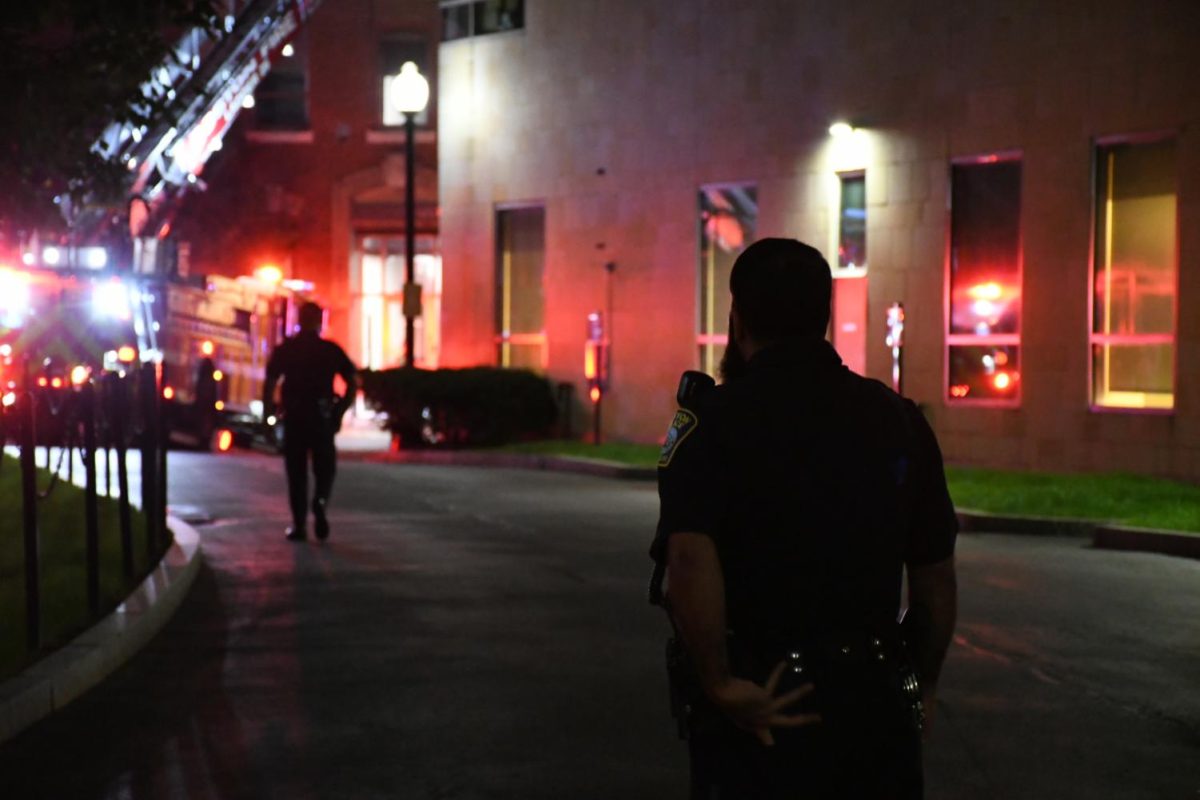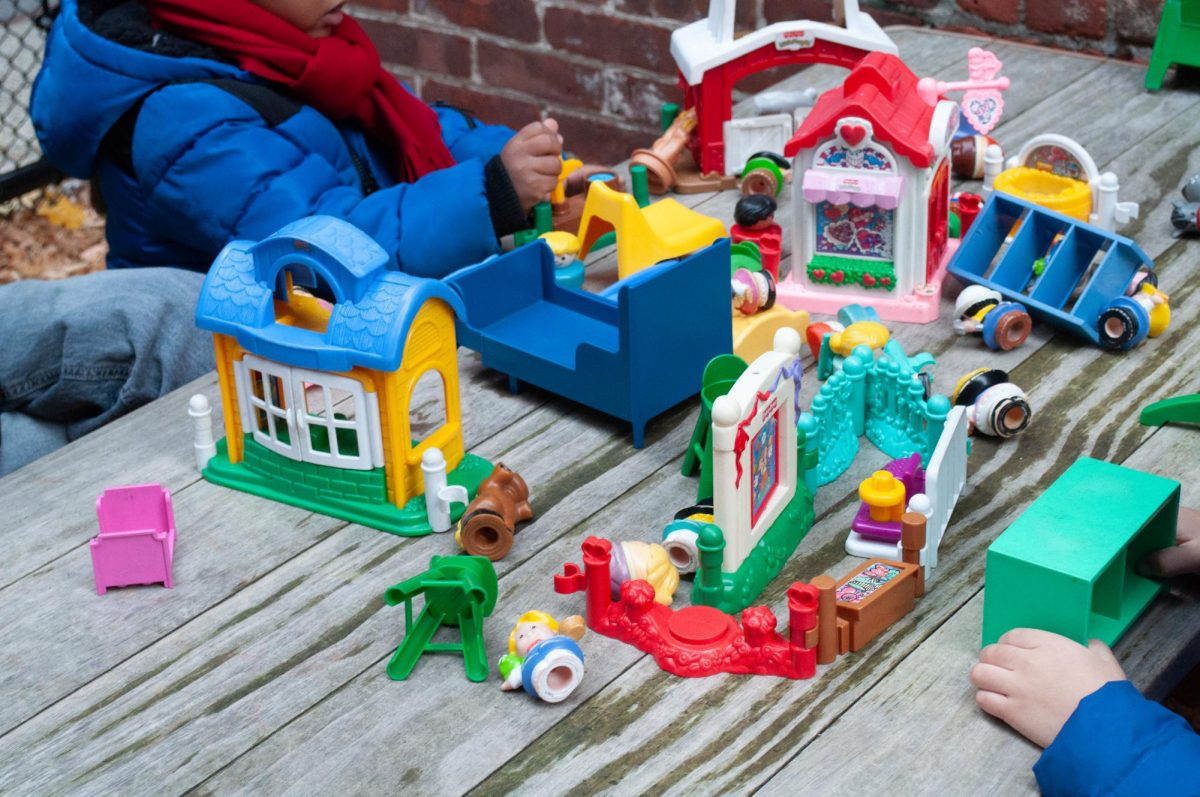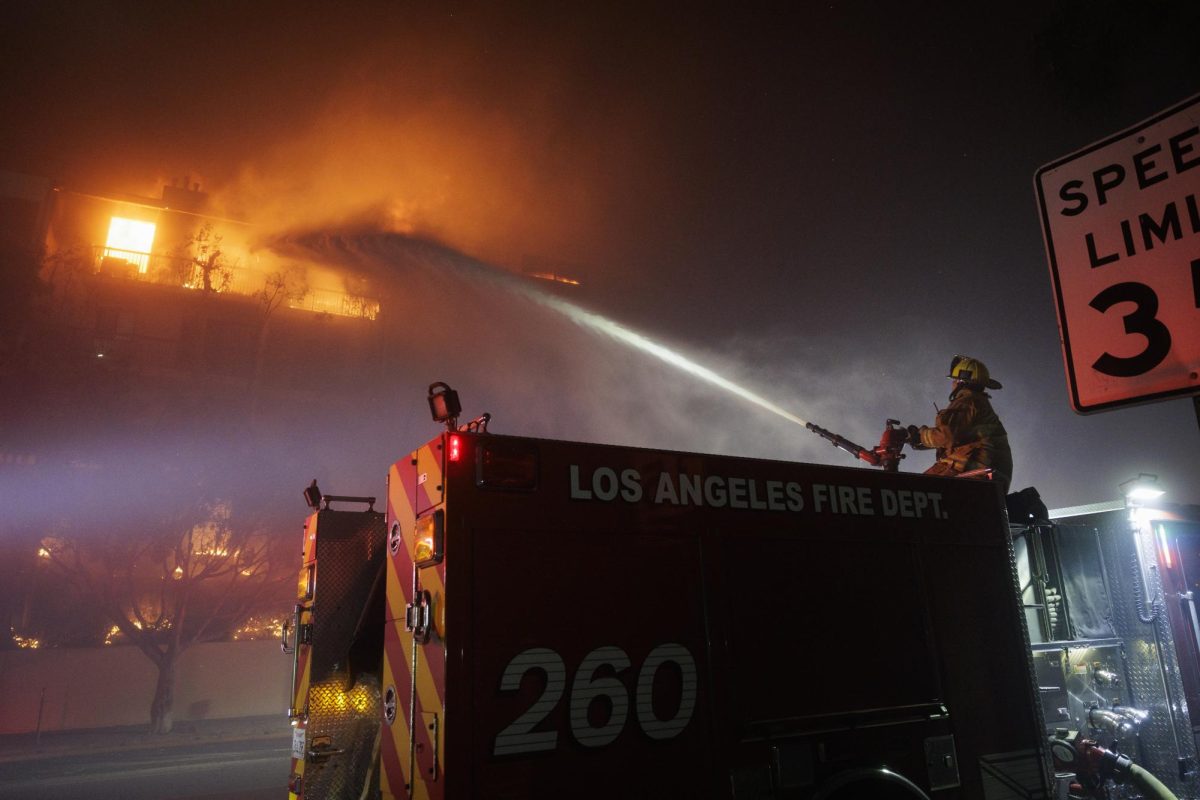Sept. suicide prompted oversight
By Anne Steele, News Staff
Northeastern officials have completed an extensive review of the university’s protocol for handling hazardous materials in research labs on campus, Director of Communications Renata Nyul said.
President Joseph Aoun ordered the review after the Sept. 12 death of Emily Staupe, a Northeastern graduate student and researcher who police say died after ingesting crystallized cyanide that may have been from a university research lab.
Although the team made recommendations for improvement, no sweeping protocol concerns were reported.
“I think it’s important to note that the review has not uncovered any major flaws or alarming issues … it’s always been a safe research environment and it’s basically redoubling the efforts in making it even safer,” Nyul said.
Nyul said it has always been routine procedure to reassess and reevaluate these protocols, both internally and externally.
Melvin Bernstein, vice provost for research and a former Department of Homeland Security official, oversaw the review. Bernstein declined to comment.
The review itself will not be made public.
“There are assessments of information and data pertaining to safety and security on campus so by making it public you’re basically doing the opposite of what you’re trying to achieve,” Nyul said.
The team focused on four categories during the review, Nyul said.
The first category concerned identifying and securing chemical materials in every teaching and research lab on campus. Nyul said this an ongoing process.
“This is a dynamic research environment, just like it is at every university… the university is also a rapidly expanding research enterprise,” Nyul said. “So there are a lot of moving pieces so this is something that we will continue to stay on top of and make sure it’s always done in the most appropriate and secure fashion.”
The second category concerned upgrading the chemical inventory system. This involved identifying and properly accounting for all chemicals. The team recommended the use of a bar-coding system that would apply to all hazardous and non-hazardous chemical materials that are in campus labs.
The third category concerned securing the labs from unwanted entry. Reviewers suggested access be more specific in terms of identifying the people who should and should not gain access depending on the research going on in a particular lab and the type of chemical materials stored in that lab.
Many of the research labs have a swipe card system to help with entry. One of the recommendations was to expand the swipe card entry system to make the research labs even more secured with different levels of security depending on what is inside, Nyul said.
The fourth category concerned training everyone involved in lab settings appropriately and periodically, “and basically on an ongoing basis so everyone is up-to-date on being trained on everything and adhering to protocols necessary,” Nyul said.
There are certain training protocols that need to be done whenever it’s appropriate to enhance the level of training or to expand the number of people who are being trained based on criteria what is being done, Nyul said.
The president is evaluating the review and the university will make an announcement to the campus community as soon as a decision has been made on the recommendations to implement.
Research administration members knew that a review was being performed, but were not directly involved nor briefed on the findings.
“We did provide data (such as lists of grants, faculty and space plans) for this review, as did many other [departments], but since we were not part of the official review team, we did not get copied on the report. I think this was discussed more at the vice provost/provost level,” Deborah Grupp-Patrutz, director of research administration and finance, said in an e-mail to The News.
The review was also not officially discussed among the faculty at large.
“We don’t have a record of the issue being discussed at the Faculty Senate,” Senate Agenda Committee Chair Louis Kruger said in an e-mail.
It was unclear who exactly, other than Bernstein, was involved with the review or what their qualifications were.
Nyul said she wanted to emphasize the safety of Northeastern’s research protocol and the regularity of these measures.
“They were basically making an already safe research environment even safer,” she said. “We are going to continue to look at it and make improvements and reassess and reevaluate as appropriate.”









